In the past several months, AI/ML and in particular Generative AI have taken the world by storm. With technologies like Google Bard and OpenAI’s ChatGPT, numerous Generative AI use cases are being tried out.
At Vanenburg, we have successfully used cutting-edge technologies – like Google Looker, BigQuery, Machine Learning, and Vertex AI – to deliver solutions to our customers. We continue to build on that innovative mindset by exploring additional AI capabilities in our tools and products. Some potential examples are:
BI/ML Enabled Applications
In this scenario, application data is automatically synchronized with an analytical database/data warehouse like Google BigQuery or Amazon Redshift. Business teams connect to the data warehouse via the Business Intelligences tools of their choice and create dashboards and reports independently without involving a development team.
Machine Learning tools can be applied to such data warehouses to enhance the value of the data captured in applications. For example, data classification, sentiment analysis, forecasting, and generation of new data content, to name a few, can be done using various BI/ML tools and models.
Vanenburg’s high productivity coding product, called Rappit Developer, already supports this scenario. All data generated or managed by an application created with Rappit Developer can be synchronized in real-time to Google Big Query, allowing our customers to build dashboards and reports using BI tools such as Google’s Looker and Tableau, and embedding them into the application.
AI/ML Intelligent Applications
In this scenario, applications generated with Rappit Developer will have AI/ML capabilities embedded inside them. For example, when retail companies want to advertise a broad mixture of products in online media, eCommerce sites, offline banners, campaigns, etc., they need to create impactful Product Descriptions. In this scenario, marketeers responsible for creating product descriptions will greatly benefit from the ability to have their eCommerce application use Generative AI to suggest useful Product Descriptions, based on inputs from the product’s database record and optional word hints.
For example, if the product is a shoe, the AI engine takes details from the product record, such as “material” (e.g. “leather”), “color” and “style”. It could allow users to add details related to the campaign, such as an event or season, after which the AI engine generates a suggested product description for the marketing team to use or edit.
When creating such an application with Rappit Developer, the developer defines the “Product Description” as a generated field, along with a selection of related fields and optional manual user inputs that together drive the AI/ML model. Once done, Rappit Developer generates the application source code with all required features, including choosing the best AI/ML model for this scenario. It generates the ML code, creates and deploys the ML model(s), and provides a ready-to-use application. This process improves and eases the development of AI-embedded intelligent apps without requiring the developer to be an expert in AI/ML.
AI-Assisted Development (AIAD)
The next evolution of applying AI capabilities to application development with Rappit Developer is to enable developers to build applications faster using ML and Generative AI features.
For example, if a consultant wants to start building an Expense Claim application and enters the name for the application, Rappit Developer will respond with a sample Expense Claim application. If the user accepts the sample app, the tool will use Generative AI to create the definition of tables, fields, and workflow in Rappit Developer for an Expense Claim app. In addition, AI will generate a meaningful User Interface definition in Rappit Developer based on a combination of the data model, workflow, and other desired application behavior captured in the requirements. Rappit Developer subsequently generates the code, builds the app, generates a test data set, and deploys the prototype app for testing and validation. Users can further fine-tune the application by manually adding or modifying tables, fields, workflows, and user interface definitions to suit their business needs.
This way, experienced application developers can get started quickly, allowing them to focus on value-added functionality and custom coding, with quicker results. And of course, developers could also utilize AI to generate custom code to augment application capabilities.
“AI will not replace human workers.
Human workers utilizing AI will replace human workers not adapting to the latest trends in AI.”
(Vinodh Kumar, Head of Products, Vanenburg)
Embracing the possibilities
By embracing AI/ML instead of fearing it, you will quickly realize how our tools will energize and speed up your application development process. We believe this is not a battle between “low-code / no-code / pro-code” and “Generative AI”. Instead, these technologies can complement each other to enhance the productivity of the application developers. It helps development teams focus on value-added coding, which makes them more efficient and productive.
We are glad to connect and give you more insight into how AI/ML functionality compliments and enhances our products, and how it enriches your development capabilities. The possibilities are endless.
For more information, visit content.rappit.io/google-cloud-platform/



